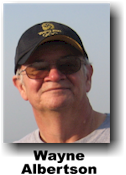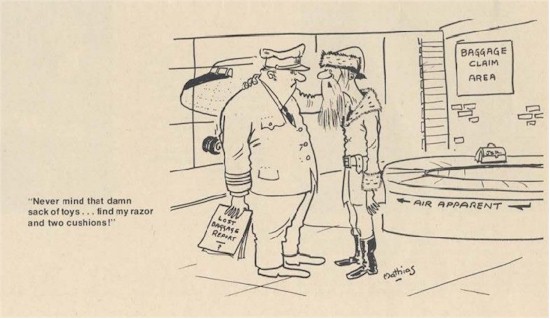|
|
|
It was then leased to Maldivian Air Taxi before returning to Canada and being re-registered as C-GBPE in 2010. It was stored at Calgary Springbank Airport (YBW) until November 2021 when it was dismantled and transported by road to Lethbridge for preservation. Source: skiesmag.com Detailed lifecycle of the aircraft: twinotterarchive.com |
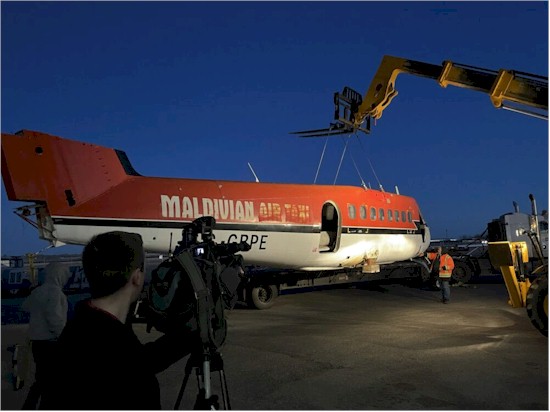 |
|
Buffalo Airways of Yellowknife recently acquired it first jet from Swiftair. The Boeing 737-301SF, was originally delivered to Piedmont Airlines in October 1986 under registration N323P had not been in active service since 2016. The first video is posted by Mikey O'Bryan, son of company owner 'Buffalo Joe' O'Bryan. For the aircraft lifecycle see www.airfleets.net |
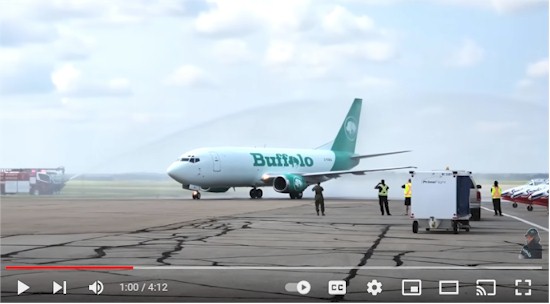 |
|
The aircraft arrival in Edmonton has also been captured by Alex Praglowski below. |
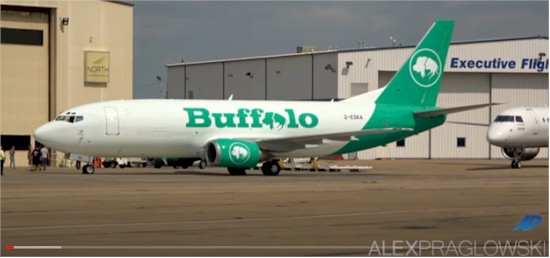 |
|
From Allan Gray - Campbell River, British Columbia I was just at the Campbell River airport YBL and Sealand Aviation near it had a nice Grumman Goose G-21A registration N39FG for maintenance. The Goose was used by many British Columbia airlines. Trans Provincial Airlines, Air BC, Pacific Coastal Airlines and Macmillan Bloedel Logging. |
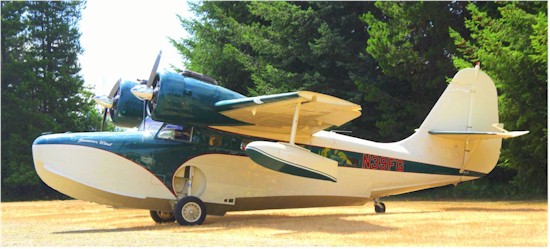 |
|
Editor's Note by Ken Pickford - Wilderness Seaplanes, based in Port Hardy, still has 3 Grumman Goose serving remote spots along the B.C. coast. The oldest of those aircraft was built in 1940, now age 83. The others date from 1942 and 1948 although some sources say Goose production ended in 1945. Prototype made its first flight in 1937, a year after the DC-3 went into service. The few still in commercial service must be among the oldest aircraft still carrying revenue passengers. A total of 345 were built, mostly for military customers. Additional info: www.wildernessseaplanes.com The RCAF operated over 30 Goose aircraft during WWII. Some were based at what was then known as RCAF Station Sea Island, renamed RCAF Station Vancouver after WWII, and of course now Vancouver International Airport. Some info and photos of RCAF Goose ops here: Another related link: www.goosehangar.com/history |
 for the latest posts at the Air Canada Media Centre. for the latest posts at the Air Canada Media Centre. |
 Click the logo to open the Air Canada YouTube channel. Click the logo to open the Air Canada YouTube channel. |

